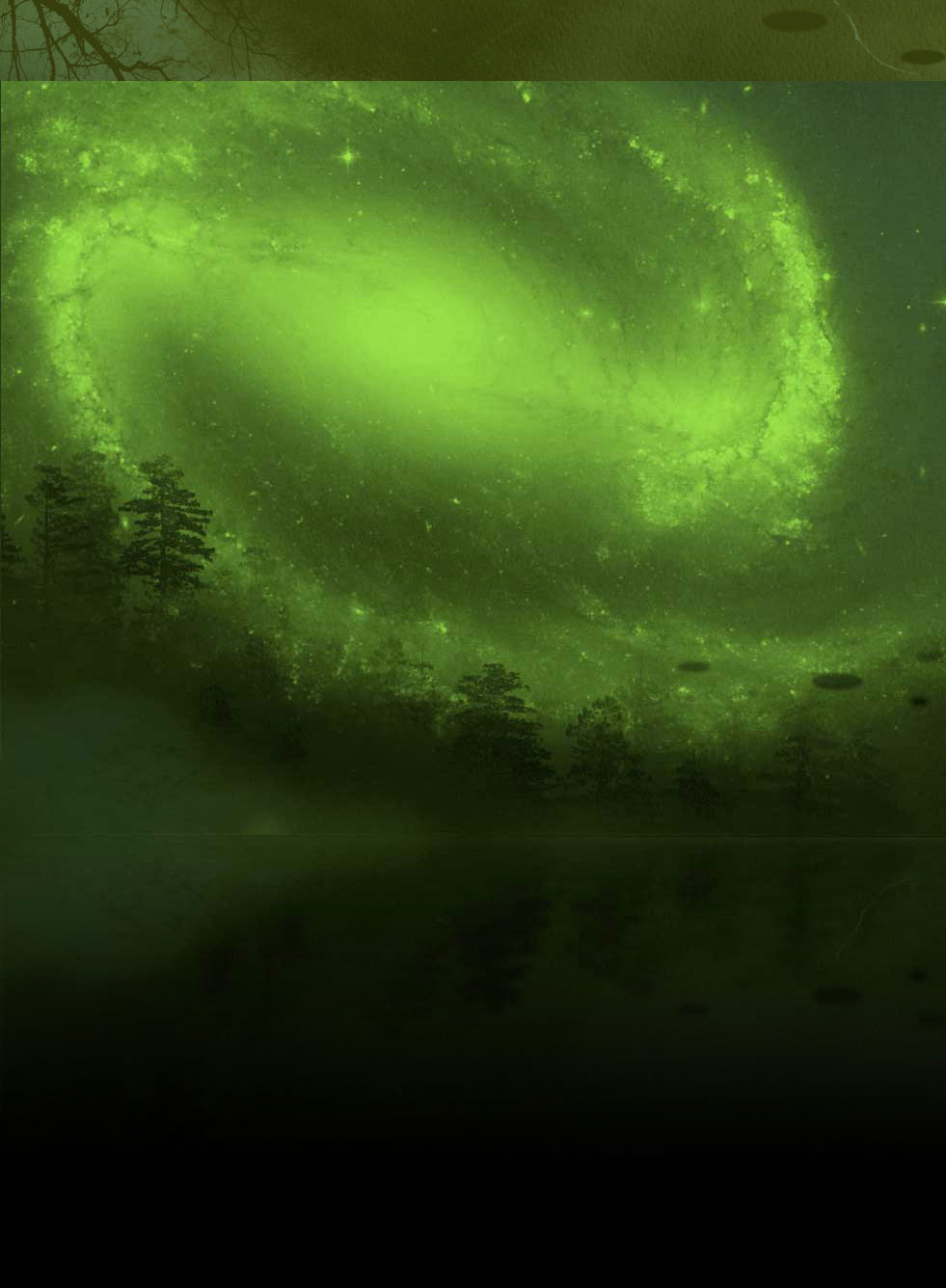We start out with the bio / background on Tom Shachtman and how he ended up writing about the Amish. We then delve into Amish basics, how the Amish ended up in America and why their population seemed to explode in the early 20th century. Tom explains the Rumspringa rite of passage and how it is key to the retention rate for the Amish community. We cover one more Amish pillar, the ordnung, which is the unwritten set of strict rules adopted by each individual Amish community. We discuss two of the most infamous Amish rules: no cars and no electricity.
Shachtman explains how the non-use of mainstream grid technology is based on a Biblical passage that the Amish hold dear. This segues into some discussion on the Amish kids, going through Rumspringa, that Shachtman interviewed for the book. He also talks about some of the lessons he learned from spending so much time with the Amish. We discuss the overarching trend of Amish kids' intense fear of Hell, which seems to hang over them throughout Rumspringa. Next we talk about the trend of excessive alcohol and drug use during Rumspringa and Shachtman explains why this seems to happen.
We talk about how Rumspringa has changed over the years and what purpose the rite of passage had originally served for the Amish. We find out if there are any big differences between how men versus women experience Rumspringa. Shachtman uses this to illustrate how the Rumspringa process serves as an "innoculation" for the Amish before they enter the sect. Shachtman explains that many Amish kids going through Rumspringa end up staying Amish because they know what to expect from that lifestyle and can handle it easier than entering the "English world" as mainstream America is called.
This leads to Shachtman detailing the Amish adherence to a unique educational system, which sees kids only educated up to the 8th grade. This style of educating, he explains, is group oriented instead of individual oriented, which further strenghtens the Amish "retention rate" post-Rumspringa.
After that, we talk about the infamous form of discipline used by the Amish: shunning. He explains how the shunning works and that, contrary to popular belief, someone deciding, post-Rumspringa, to not become Amish is spared from the shunning while someone who is baptized, then leaves the sect, is shunned. Shachtman talks about the emotional toll it takes on a shunned member of the community after they have been "put in the ban" and the courage it takes for an Amish person to decide to leave and enter the "English world." Shachtman notes the four big obstacles facing an Amish person when they enter the mainstream after a lifetime in the Amish community. Going from there, we segue into how these factors end up being key elements that lead kids during Rumspringa to ultimately decide to remain Amish.
From there, we cover another big trend in the Amish community, which sees less Amish becoming farmers and, instead, working in mainstream jobs alongside non-Amish people. Looking at the tenuous relationship between the two communities, we find out how the Amish feel about the surrounding mainstream areas that use the Amish as a tourist attraction and profit generator. We look at another interesting trend afflicting the Amish community: the high number of genetic diseases as a result of inter-marrying within the small population base.
Looking ahead to the future, Shachtman speculates on what forms Rumspringa will take for future generations of Amish kids. He explains his argument that the Amish education system should change to allow for certain skills to be obtained by the Amish for which they usually have to bring in someone from the outside world, like accounting or health care personnel.
Wrapping things up, we find out what Shachtman thought of the TV program "Amish in the City" which detailed Amish kids going through Rumspringa. We also find out where folks can pick up a copy of Rumspringa and what's next for Tom Shachtman.
Tom Shachtman has written thirty books, and many television documentaries. He holds a B.S. in experimental psychology, an M.F.A. in theater, and taught writing at New York University and at Harvard University Extension. He has also lectured at more than a dozen other colleges and universities around the country on various historical, social, and economic subjects.
A former executive at the National Geographic Society, he has been a consultant to the Alfred P. Sloan Foundation and to the New York Zoological Society. He is a long-term member of The Authors Guild, the Writers Guild of America, and is a former president of the board of The Writers Room in New York City, an urban writers' colony. He is currently a trustee of the Connecticut Council on the Humanities, and a director of the newly-formed Upper Housatonic Valley National Heritage Area.
His website is www.tomshachtman.com


